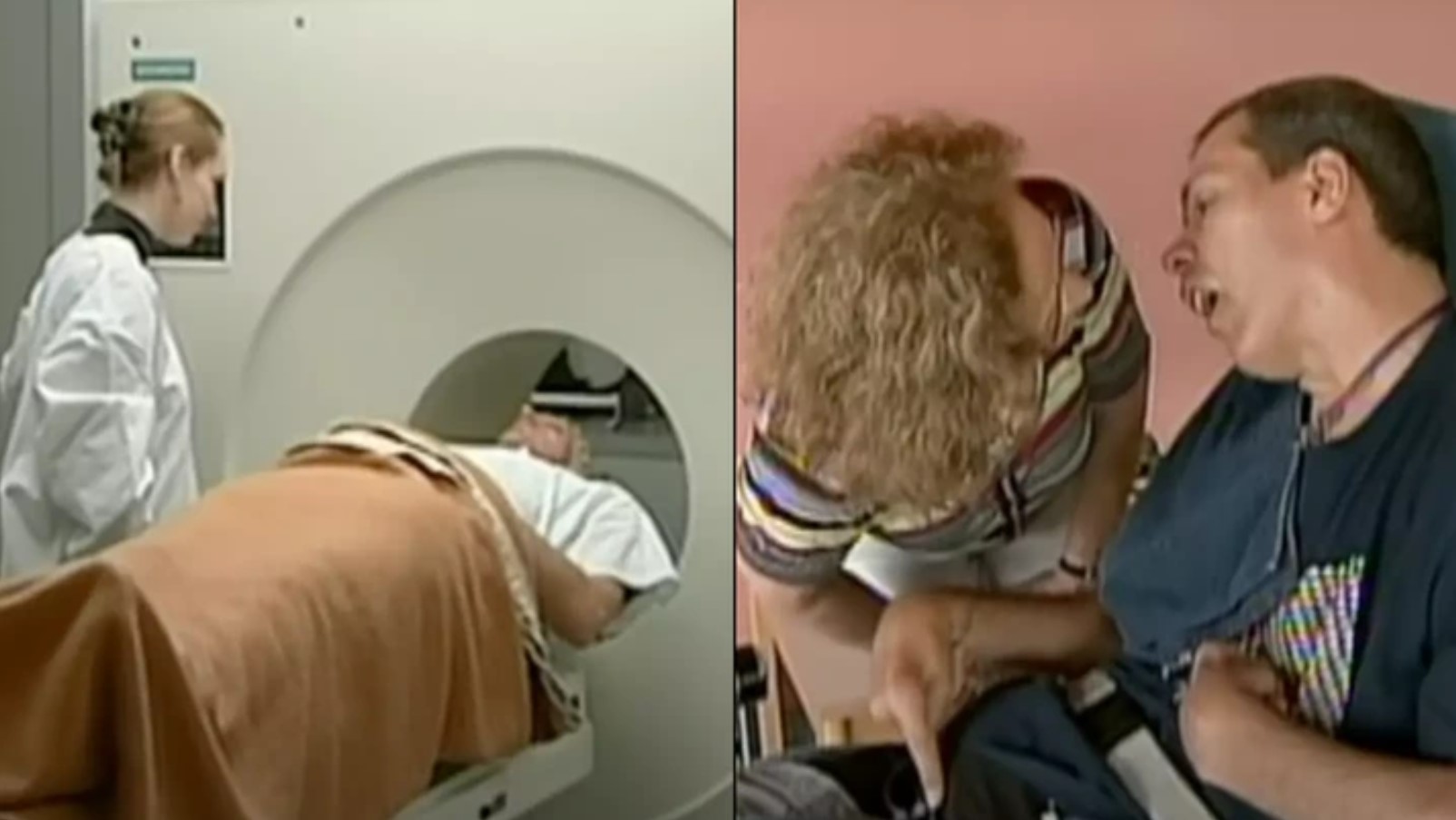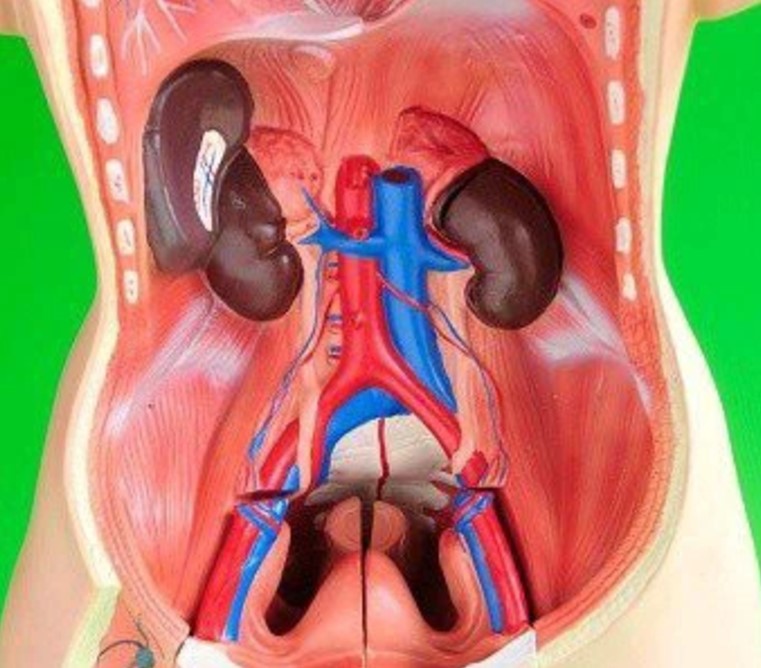Sometimes the best ingredients for vibrant, healthy hair are right in your kitchen! Creating your own natural hair oil is not only a fun pastime, but it also guarantees freshness and customisation, making it an excellent way to nourish your hair.
Today, I’ll show you how to make a DIY hair oil with garlic, parsley, and onion, as well as nourishing oils, all of which are known to promote hair growth and strength…Click Here To Continue Reading>> …Click Here To Continue Reading>>
Ingredients:
- 4-5 cloves of garlic
- A bunch of fresh parsley
- 1 large onion
- 100 ml olive oil
- 3 tablespoons of unrefined coconut oil
- 2 tablespoons of mustard oil
Preparation Steps:
1. Prepare Your Base Ingredients:
Garlic: Peel the cloves. Garlic contains minerals like sulfur and selenium, which are necessary for strong and healthy hair development.
Parsley: Wash the parsley thoroughly with baking soda and rinse it under running water. Parsley is high in vitamins and antioxidants, making it ideal for hair health.
Onion: Finely slice the onion. Onions contain sulfur, which helps to prevent hair breakage and thinning.
2. Prepare the Oil Blend:
Combine Ingredients: Place the chopped onion, parsley, and garlic in a blender with the olive oil. Olive oil is an excellent carrier oil, moisturizing the hair and scalp while decreasing flakiness and dryness.
3. Enhance with Specific Oils:
Coconut Oil: Add the unrefined coconut oil to the mixture. Coconut oil enters the hair shaft deeply, giving moisture while minimizing protein loss. READ FULL STORY HERE>>>CLICK HERE TO CONTINUE READING>>>
Mustard Oil: Use mustard oil, which is recognized for its stimulating characteristics that increase blood flow to the scalp and promote hair growth.
4. Blend into a Smooth Oil:
Blend all of the components until you get a finely blended, silky oil. This ensures that the nutrients are readily accessible to your scalp and hair.
How to Use the Herbal Hair Oil:
1. Application: Use the oil immediately on your hair and scalp. Massage gently for several minutes to improve blood circulation and ensure the oil is evenly distributed.
2. Absorption: Let the oil stay in your hair for at least an hour, preferably overnight, to enable complete nutritional absorption.
3. Rinse: Use your usual shampoo to remove the oil. You may need to shampoo twice to fully remove the oil, especially if your hair absorbs a lot of the combination.
Using this natural herbal oil regularly will substantially improve your hair’s health and beauty. It’s a simple, efficient technique to give your hair a boost of nature’s best nutrients, resulting in a strong, lustrous mane. Enjoy both the process and the outcomes!




















